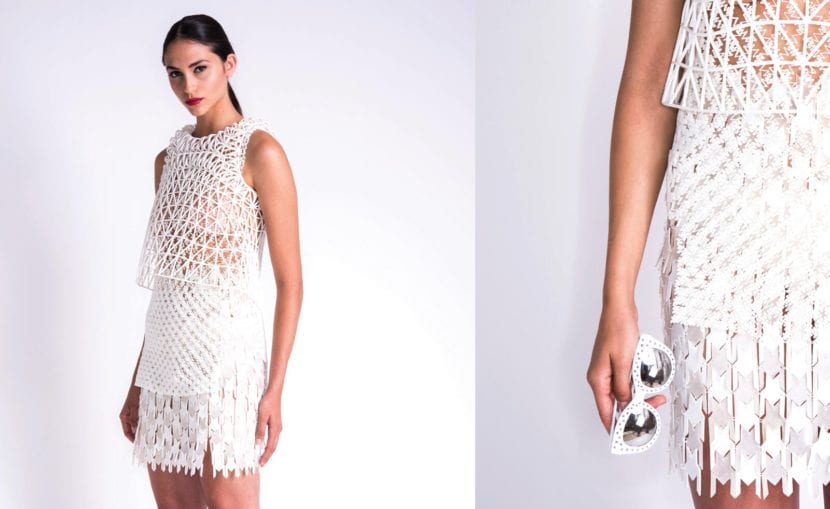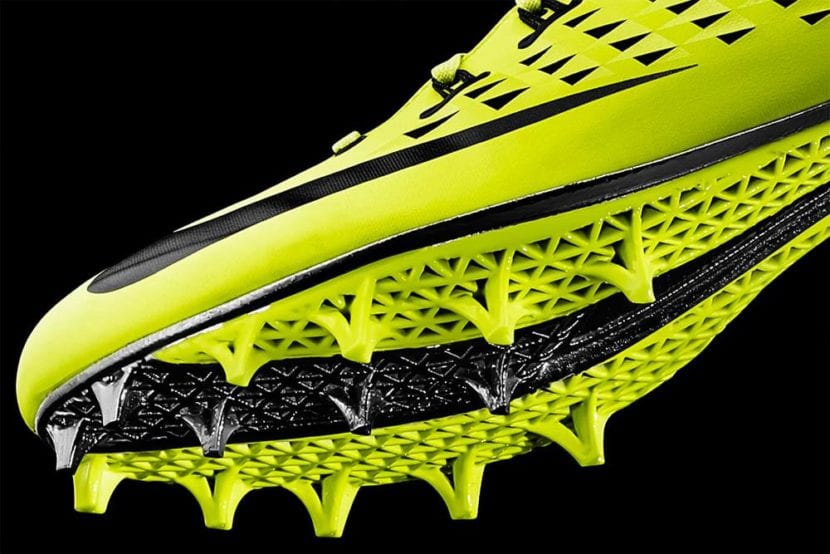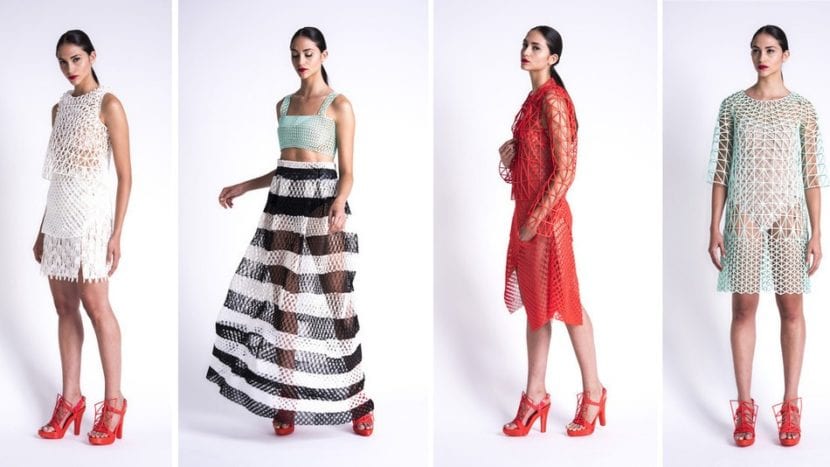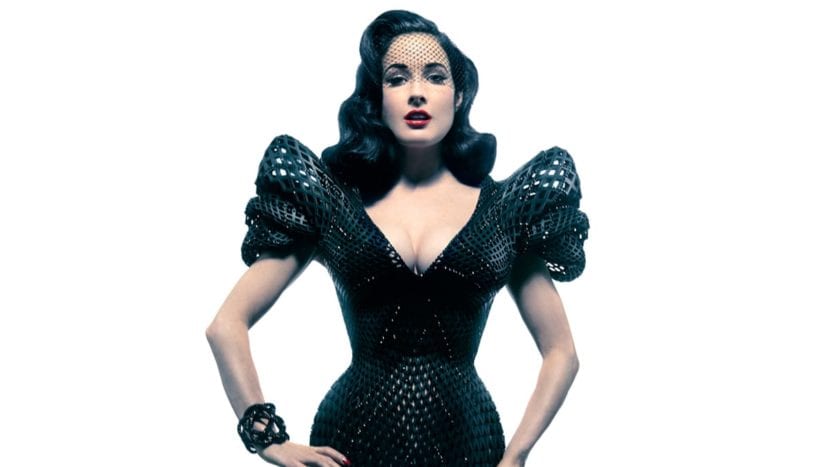
We currently live in an era where technological advances are increasingly rapid, with lower cost and greater accessibility. This period called «Third Industrial Revolution, is witness of changes in the materials and the productive processes that these suffer. In this sense, business concepts have been diversified allowing brands to broaden their production horizons.
A sector that has been very influenced by this change is the fashion industry; that until now had maintained a production process based on cutting and molding. The growth and refinement of 3D printing technology, more properly called "additive manufacturing"; has enabled apparel brands to develop more creative and innovative projects.
Designers have been using this technology since 2010. However, only now has it been possible to develop software that allows carrying out projects with intricate details and good filament quality.
The reality is that its sophistication generates more and more capabilities, which expand the horizon of design possibilities. In this way they can do things like shorten lead times, minimize orders, boost creativity or enable previously unproducible designs.
Look To The Future
Possibilities for the fashion industry

Prototype of Nike's first 3D printing sneaker
Prototyping
One of the most important characteristics of 3D printing is its capability for rapid prototyping. This means for designers to produce quick samples or molds. In such a way that production and assembly times will decrease, allowing a greater number of samples. Definitely, 3D printing will help to incredibly multiply the volume of production.
Sustainability
Aside from making it appear that 3D printing is harmful to the environment due to the use of plastic as the main material, this interpretation is incorrect. Actually you have to remember that something is sustainable, not because it is biodegradable, but because it complies with ecological, social and economic stability.

Adidas 3D printed sneaker
In this case, 3D printing is one of the production processes that It generates less carbon footprint since the amount of excess waste in the process is practically nil. In addition, almost all the material is used and environmental or human exploitation is not used, contrary to what many references do in current fashion. In fact, the used material can be recycled and the same product that is created can even be recycled.
Custom printing at home

But what if I told you that in the future 3D printing could completely displace the apparel manufacturing industry? It may not sound very realistic, but when talking about technology there is nothing impossible. In relation to this, the designer Danit Peleg developed in 2015 the first clothing collection 100% made in 3D printing. He also projected it as a collection that could be printed at home with 3D printers that anyone could get.
His idea stirred up the fashion industry, since from that new artifact, we could get to displace the garment manufacturing process as we know it today. In the future, maybe we can download 3D models from the web to "digital apparel designers." Then we can print them specifically the clothes we need only in hours. And, if all this goes hand in hand with the best of the material, maybe we can put an old shirt and turn it into a new one for sustainable use.
Check out the video of his collection here:
Possibilities for freelance designers
One of the biggest problems when working in a clothing brand is the need to produce large quantities of units. This factor of production is conditioned by the phenomenon of the «Economy of Scale». This economic rule defines that the higher the quantity of production the price per item decreases. Which means that independent designers have to face very high investments if they want to get a factory that produces their garments in order to sell them at an affordable price. Hence, designer clothing is generally priced higher than the average store. On the other hand, the delivery time is very long, since generally the logistics process is.

3D printed dress by Michael Schmidt for Dita Von Teese
En este sentido, 3D printing offers the designer the possibility of becoming independent from an external production agent. In this way they themselves can materialize the amount they want, from the comfort of their workshop. They can manufacture in the period of time they need, without placing huge minimum orders like those required by factories. In other words, it's faster, more efficient and has the potential to lower logistics costs.
On the other hand, thanks to its ease of prototyping, many independent designers test product ideas and concepts. Some retailers use it as a mode of production for products that are sold in minimal scales in online stores like Etsy or social networks like Instagram.